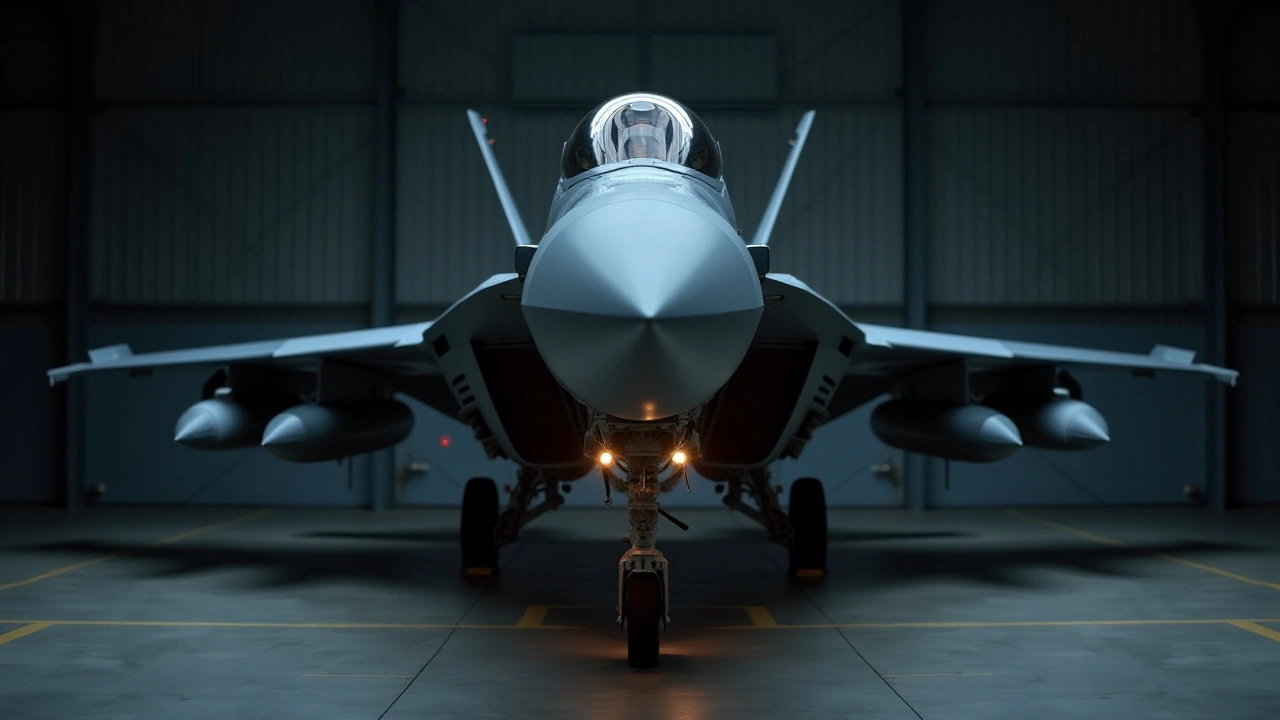Iran nuclear ambitions: a clear guide to what’s happening now
Iran’s nuclear program keeps making headlines. You’ve probably seen scary headlines or technical graphs and wondered what it all means. This page breaks down the key facts, what to watch next, and why it matters — especially for countries across Africa that follow global shifts for security and trade reasons.
Where things stand right now
Iran has steadily expanded uranium enrichment levels beyond what the 2015 JCPOA allowed. That’s the simple part. The tricky part is the technical difference between low-enriched uranium for power reactors and highly enriched uranium for weapons. When analysts talk about “breakout time,” they mean how long it would take Iran to produce enough weapons-grade material if it decided to. That timeline changes with enrichment levels, stockpile size, and how many centrifuges are running.
International monitors from the IAEA report regularly on inspections, but access has sometimes been limited. Sanctions from the U.S. and EU remain a major lever, and diplomatic moves — like talks to revive the JCPOA or new agreements — can change incentives fast. Watch for official IAEA reports, statements from Tehran, and major powers’ diplomatic moves — those three tell the clearest story day to day.
Why this matters beyond Tehran
First, regional security. If Iran moves closer to a weapons capability, neighbouring countries may rethink their own security plans or seek stronger alliances. That raises the risk of arms races and new conflicts, which can affect trade routes and energy markets.
Second, global energy prices. Iran is a major oil player. Heightened tensions or threats to shipping in the Gulf often push oil and gas prices up. African economies that import fuel or rely on tourism and trade via global routes can feel that ripple effect fast.
Third, sanctions and trade ties. New or tightened sanctions can affect countries and companies doing business with Iran. Some African states have trade links or projects involving Iranian firms; changes in sanctions enforcement can disrupt those deals or push partners to shift suppliers.
Finally, migration and humanitarian pressure. Conflict or severe sanctions can worsen living conditions and push more people to move. That creates ripple effects for neighbouring regions, including parts of Africa that already deal with migration challenges.
If you want reliable updates, check IAEA briefings, major international outlets with on-the-ground reporting, and expert analyses from think tanks that explain technical details without the hype. Avoid social posts that claim secret deadlines or leaked plans — those often misread centrifuge data or misstate legal steps.
Questions to ask when you read a story: What’s the enrichment level reported? Are inspectors on site? Did a major power change its diplomatic stance? Those simple checks cut through noise and help you see whether a headline is real escalation or routine posturing.
Curious about how this could touch your country? Tell me where you live or what worries you most — I’ll point to the most relevant developments and sources for that region.

Iran's Strategic Nuclear Developments Amidst Regional Tensions with Israel and the US
Keabetswe Monyake Nov 16 20In a region defined by uncertainty and historic complexities, Iran's nuclear pursuits have long been a contentious focal point between Tehran, Jerusalem, and Washington. Recent developments underscore these tensions, with Iran's strategic use of proxies, the construction of defensive tunnels, and concerns over increased uranium enrichment, becoming pivotal points of international discussion.
More Detail